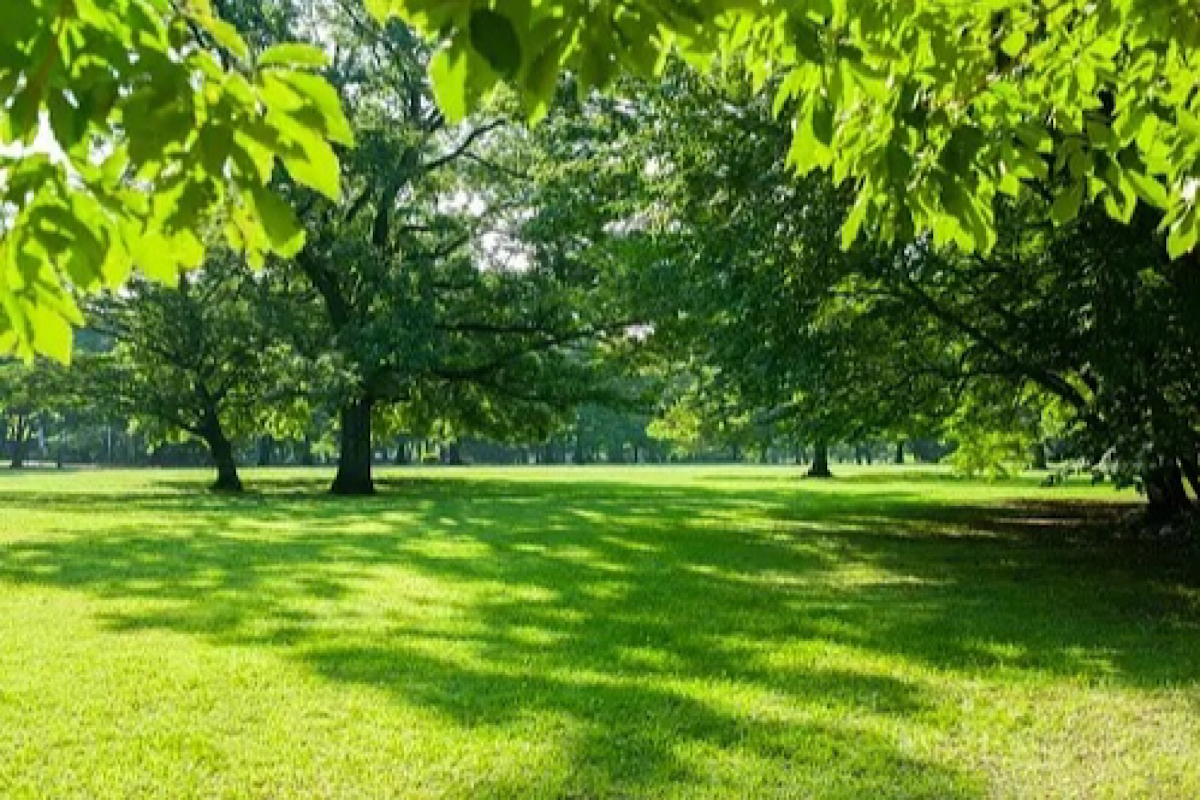Polish Foreign Minister urges Germany’s Scholz to give missiles to Ukraine
Sikorski described the delivery of US ATACMS missiles to Ukraine as a "reaction to the Russian escalation" in Ukraine, to which Germany must also respond.

Make cities greener to achieve zero carbon emissions
Dozens of world cities can reach net zero carbon emissions over the next 10 years by incorporating urban parks, greenspace and trees into their infrastructure, according to a new study.
Published in the journal, Nature Climate Change, the analysis shows the ways cities can orchestrate a wide range of green solutions like parks, streetscaping and roof gardens to not only capture carbon emissions, but help reduce them.
The study was undertaken by researchers from Sweden, the US and China. It recommends the most effective approaches for natural carbon sequestration in 54 cities in the European Union.
Advertisement
And it shows how blending these steps with other climate actions can enable cities to reach net-zero carbon and actually reduce emissions by an average of 17.4 percent.
Zahra Kalantari, an associate professor in Water and Environmental Engineering at KTH Royal Institute of Technology in Sweden, said the researchers focused on the indirect ways that so-called “nature-based solutions” can contribute to carbon neutrality.
“Nature-based solutions not only offset a proportion of a city’s emissions, but can contribute to reduction in emissions and resource consumption too,” Kalantari said.
The results are based on integrating data from previous studies on the effects of nature-based solutions. These include urban farming, permeable pavements which enable rainwater absorption into the ground, narrower roads with more greenery and trees, wildlife habitat preservation, and creating more agreeable environments for walking and bicycling.
For example, urban parks, greenspace and trees promote more walking, bicycling and other environmentally positive habits that replace automobile driving. Combined with other solutions like green infrastructure, these measures can further improve urban microclimates by absorbing heat and cold, and as a result reduce energy use in buildings.
It also provides guidance on which measures should be prioritised and where to locate them for the best effect, Kalantari said. For example, in Berlin the study recommends prioritising green buildings and urban green spaces, which could result in an emissions reduction rate of 6 per cent for residences, 13 per cent in industry and 14 per cent in transportation.
“There are many studies that examine the effects of individual nature-based solutions, but this merges all of them and analyses the potential systemic effect,” Kalantari said. “That’s new.”
Advertisement